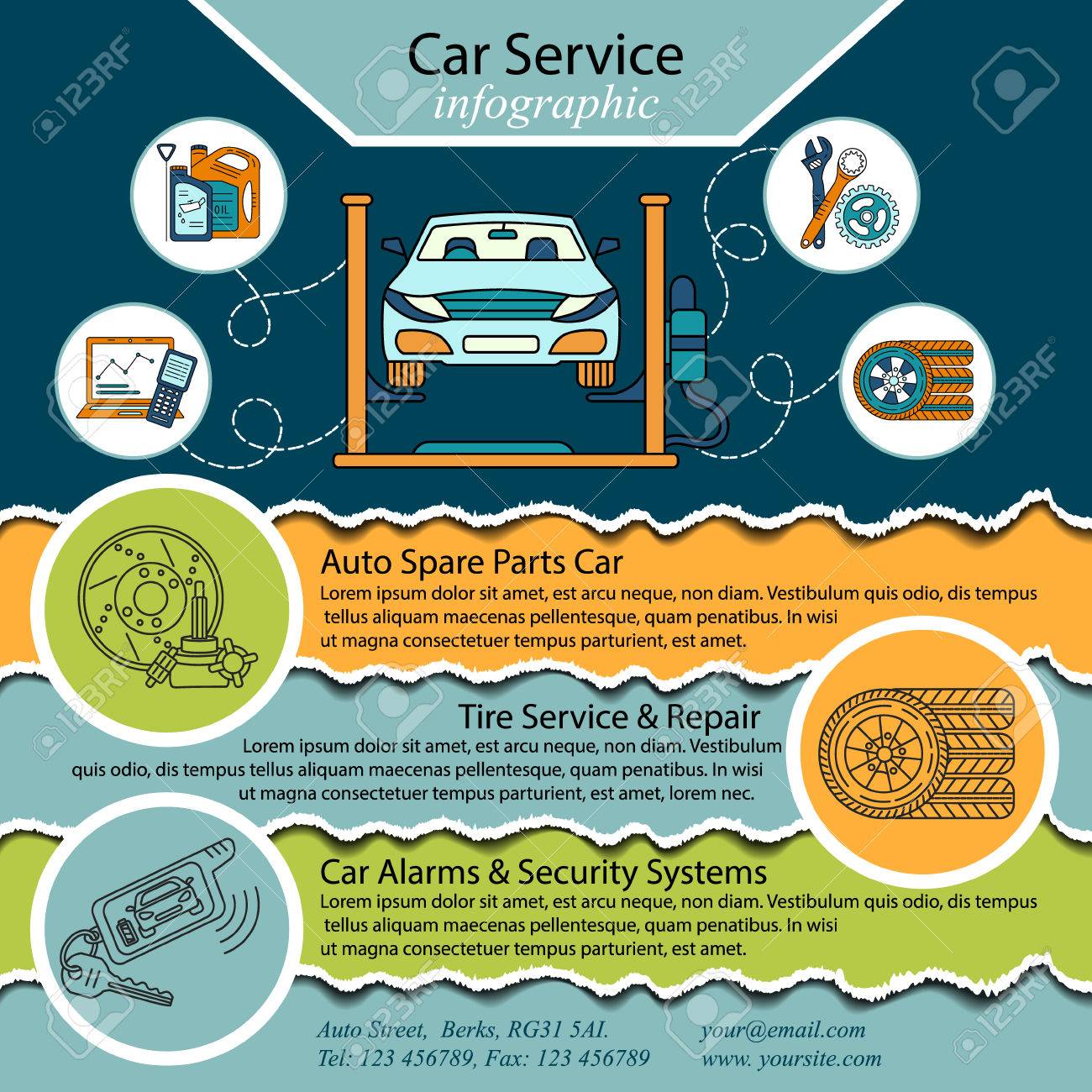Comprehending The Meaning Behind Your Automobile'S Caution Lights: A Comprehensive Look
Comprehending The Meaning Behind Your Automobile'S Caution Lights: A Comprehensive Look
Blog Article
Short Article By-Samuelsen Stark
When you lag the wheel, those radiant caution lights on your dashboard can be a little bit complicated. Do interior truck detailing recognize what they're trying to inform you about your auto's wellness? Comprehending the relevance of these lights is vital for your safety and security and the long life of your vehicle. So, the next time among those lights turns up, wouldn't you intend to understand its message accurately and take the needed actions to address it?
Common Warning Lighting and Interpretations
Recognize usual warning lights in your cars and truck and recognize their definitions to make certain secure driving.
The most typical caution lights consist of the check engine light, which signifies problems with the engine or emissions system. If this light begins, it's important to have your automobile examined immediately.
The oil stress alerting light indicates reduced oil pressure, requiring prompt interest to avoid engine damage.
A blinking battery light might suggest a faulty billing system, potentially leaving you stranded otherwise resolved.
The tire stress monitoring system (TPMS) light signals you to reduced tire stress, impacting vehicle security and gas efficiency. Ignoring this can bring about hazardous driving problems.
The abdominal light shows a trouble with the anti-lock stopping system, compromising your capability to quit promptly in emergencies.
Last but not least, the coolant temperature alerting light warns of engine overheating, which can lead to severe damage if not settled swiftly.
Understanding detailing rv will certainly aid you deal with issues quickly and keep safe driving problems.
Significance of Prompt Interest
Recognizing the usual caution lights in your cars and truck is only the first step; the importance of promptly addressing these warnings can not be highlighted enough to ensure your safety and security when driving.
When a caution light illuminates on your dashboard, it's your vehicle's means of interacting a potential issue that needs interest. Ignoring these warnings can result in a lot more severe troubles later on, compromising your safety and potentially costing you more in repairs.
Prompt focus to cautioning lights can avoid malfunctions and crashes. For example, a blinking check engine light could suggest a misfire that, if left ignored, can trigger damages to the catalytic converter. Resolving this without delay can conserve you from an expensive repair work.
Likewise, a brake system warning light might indicate reduced brake fluid or used brake pads, essential components for your security when driving.
DIY Troubleshooting Tips
If you see a warning light on your control panel, there are a couple of DIY fixing ideas you can attempt before looking for expert aid.
The initial step is to consult your cars and truck's guidebook to recognize what the details caution light suggests. Sometimes the concern can be as easy as a loosened gas cap activating the check engine light. Tightening the gas cap may solve the issue.
Another common concern is a low battery, which can activate various cautioning lights. Examining the battery connections for deterioration and guaranteeing they're safe and secure may take care of the trouble.
If a caution light lingers, you can attempt resetting it by separating the car's battery for a few minutes and after that reconnecting it. Furthermore, inspecting your lorry's liquid levels, such as oil, coolant, and brake fluid, can assist troubleshoot cautioning lights related to these systems.
Conclusion
Finally, comprehending your car's caution lights is necessary for keeping your lorry running efficiently and securely. By without delay resolving these signals and knowing what they indicate, you can stay clear of expensive fixings and prospective malfunctions.
Remember to consult your vehicle's manual for certain information on each warning light and act appropriately to make sure a hassle-free driving experience.
Stay notified, stay safe when traveling!
